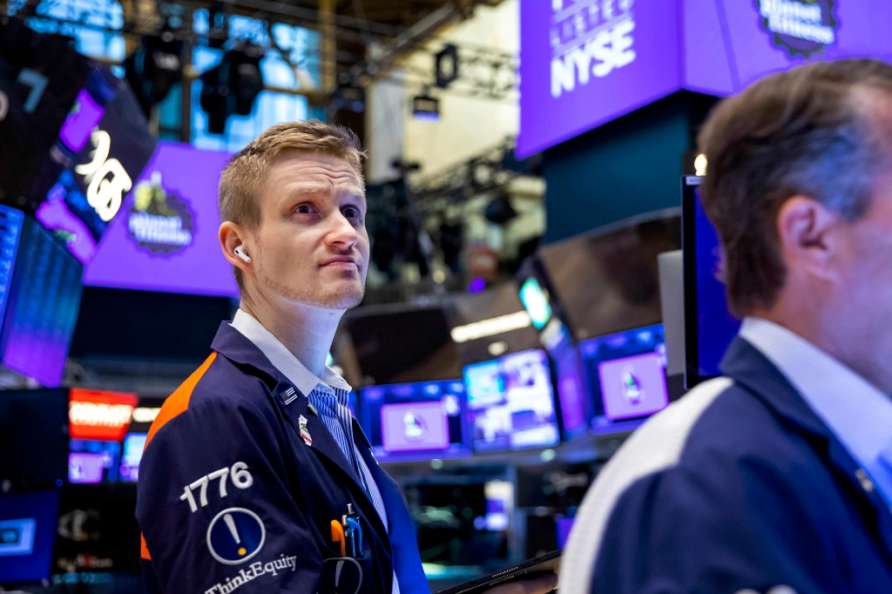Tolstoy famously wrote that all happy families resemble one another, but each unhappy family is unhappy in its own way. He might have said the same about unhappy economies — and added that there are all too many signs the US recession now in the works will likely be of the particularly unhappy kind.
Among the reasons to fear a deeper-than-normal recession is that monetary-policy tightening is causing the equity and credit market bubbles to burst. Since the start of the year, not only has the Federal Reserve’s abrupt policy shift wiped out almost 20% of the stock market’s value; it has also wiped out nearly 20% in the bond market’s value and close to 50% in the value of exotic markets like bitcoin.
The combined evaporation of some $12 trillion, or 50% of gross domestic product, in household wealth since the start of the year must be expected to cool consumer demand in time. Households will begin to stress about their reduced 401(k)s, which will make them want to rebuild their savings. According to the Federal Reserve, for every sustained $1 loss in household wealth, consumers tend to reduce their spending by 4 cents.
This means that, although consumer spending has held up well to date, because of their financial-market losses, consumers might soon be expected to reduce spending by as much as 2% of GDP. This is the last thing we need when consumers are already cutting back because of soaring gasoline and food prices and because their wages are being eroded by high inflation.
Another cause for concern is that the Fed’s tightening has led to an abrupt jump in the 30-year mortgage rate from around 3% at the year’s start to 5.5% at present. This has reduced the affordability of housing by 25%. That in turn is already leading to a marked cooling in housing demand.
It is also not helping matters that the shift to a very much tighter monetary policy stance is coinciding with the fading of last year’s massive $1.9 trillion American Rescue Plan stimulus. The International Monetary Fund says this will result in an approximate halving in the US government budget deficit from 10% of GDP in 2021 to less than 5% of GDP in 2022. So not only will the economy have to cope with higher interest rates — it will also have to learn to live with very much less government policy support than it had before.
Further clouding the US economic outlook is the much more difficult external environment for US exporters as a result of...
Further clouding the US economic outlook is the much more difficult external environment for US exporters as a result of...
Read More Here

Ya think, with trillions in global debt unlike 1929
ReplyDeleteThe only real cure for inflation is a recession - or worse.
ReplyDelete